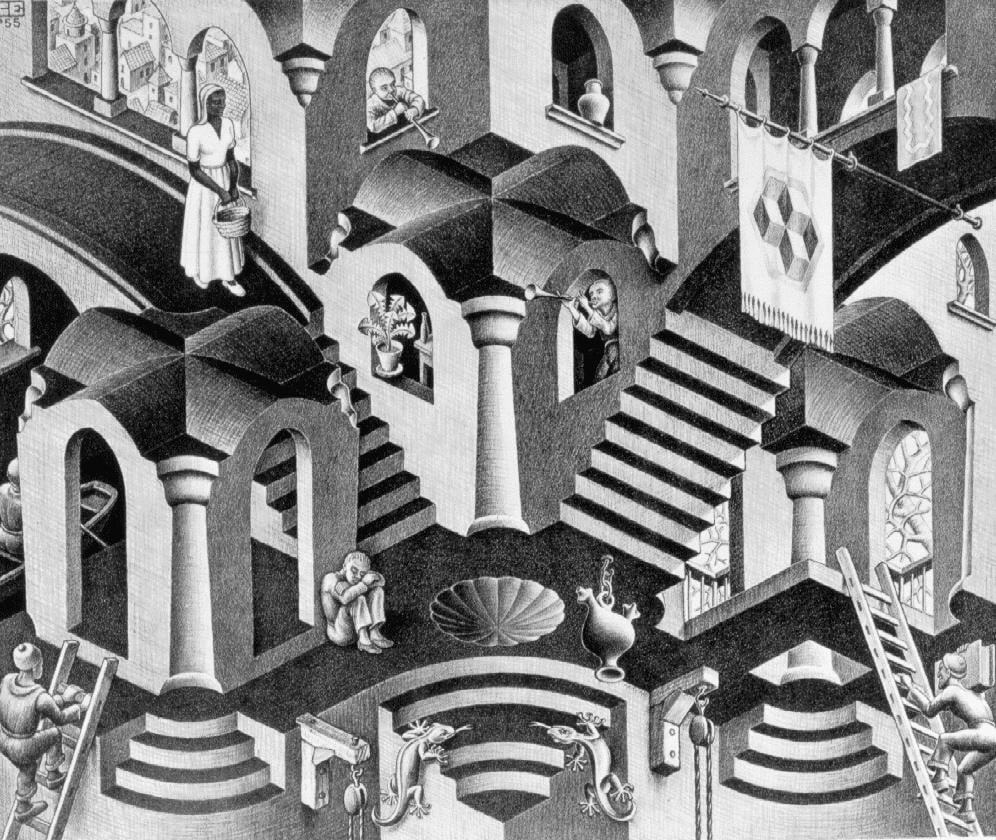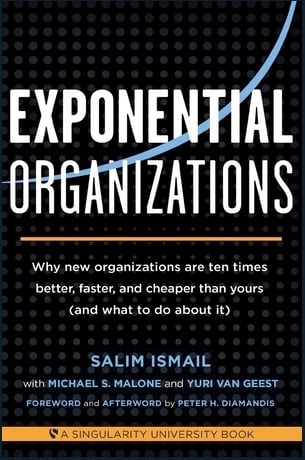Focus on Creating Lightning Strike Moments
A leader without a strategy will try anything and everything to differentiate themselves from the rest. But by trying to be good at everything, you risk being average across a lot of things. Instead of using up your resources rapidly with no assurance of success, you want to look into the customer journey and invest in a few but high-value moments known as Lightning Strikes.
Lightning Strikes and the Big Six is Episode 7 of our Exponential Marketing series led by Step Change CEO Ashton Bishop. Watch the full run-through of the Lightning Strikes Theory below.
Insight: The length of an experience has little effect on the overall memory and evaluation of that experience. Crafting positive customer experiences is dependent on a few but powerful moments.
Data: KPMG study states that 90% of consumers regard resolution as their most important customer service issue.
Key Action Point: Implement the Lightning Strikes Theory by utilising the key six principles in creating impactful moments with customers.
If you need help finding your lightning strike moments, give Step Change a call on (02) 8030 8655 or get in touch with us via our contact page.
In Thinking Fast and Slow, behavioural economists Khaneman and Tversky state that when it comes to customer experiences, the way people think it works — which is adding up all the experiences over time — is not the way it actually works.
This is due to a concept called duration neglect.
|
Duration neglect is the psychological principle that describes how the length of an experience has little effect on the memory of that event. |
The way humans actually process past experience is through the equation:

- Peak emotional intensity is the highest point of emotions whether it is delight or a trough
- End being the feelings that resulted during the resolution (or lack thereof)
- When you average them, you get the final judgement or evaluation of that entire experience
This is called the Lightning Strikes Theory.
Instead of focusing resources on each point of friction along the customer journey, focus your resources on the peak intensity and end moments. These moments are called Lightning Strikes, for the impact they bring into the customer journey.
To make the most out of the Lightning Strikes, behavioural economists have devised what is called the Big Six when it comes to creating impactful and powerful moments.
1. The end matters mostMost organisations end a transaction or service by chasing up an invoice, not by making sure the customer received and understood the value of their service. You need to ensure that customers associate a positive feeling with the experience at the end.
The end matters disproportionately because this is how people consistently relate their feelings and shape their experiences in retrospect. Meaning, the end has the power to dictate the likelihood of your customers’ return.
2. Get the bad out early
Apart from adding, you also need to think about what you can remove to make the experience as positive as possible. If bad news or a challenge comes up, you want to get those as far away from the end as possible. This is to ensure they do not sully the experience.
Bring the challenges forward if you can, but not at the start. This is to ensure that it does not kill the chances of a ‘yes’ before it can even begin. Once the customer buys in, then you want to get the bad out of the way and attend to them.
3. Focus on the peaks
Instead of focusing on points of friction that will take up most of your resources, you want to create a few peaks and magic moments instead. The key here is accessing the five senses of sight, smell, sound, taste, and touch.
Customers will not be able to tell you what these immersive, emotive experiences are, so you have to build up these moments intentionally, and craft peak moments that will set the right tone at the beginning, in the middle, and the end.
4. Remember the reference points
This emphasises that customer experience is not a once-off. Experiences and the expectations that come with them will change over time as described in the Kano Model of Customer Satisfaction.
All customers who buy a new car expect it to stop when they hit the brakes, but many will be delighted by its voice-activated parking-assist system. When somebody steps out of an Uber following a cashless ride or gets Apple to fix a damaged phone without a receipt, they will expect the same thing or at the very least refer to that experience and compare it with their experience in other categories.
You need to be mindful of reference points, the forces that influence it, and the implications of these changes.
5. Segment pleasure and combine pain
In order to manage expectations and lead your customers towards a positive end, you need to identify what is good and bad for them. As long as you are not creating a peak moment, you want to put the pain together and then spread the good throughout the journey.
When pain is not combined and present in every stage, it becomes a bigger emotive piece. You want your customers to associate your service with good news, which means making sure that the novelty of the good never wears off or gets old, so you need to segment the pleasure to create the overall impression.
6. Motivate and empower employees
Often, the frontline employees will know what is best for the customer but they are unable to provide that value because of existing policy and procedure. Customer experience is created during moments of interaction with your customers. As a Nurse Leader, you want to empower your staff who work the closest with them.
The Magic Castle Hotel is among the businesses who have successfully leveraged lightning strike moments for their customers.
|
Magic Castle Hotel: Popsicle Hotline Despite its traditional Hollywood apartment aesthetic, the Los Angeles-based hotel Magic Castle boasts 3,000 reviews on TripAdvisor, with 94% of their guests rating them as excellent or very good. Where most hotels have towels ready by the pool, the Magic Castle Hotel has a little phone next to it called the Popsicle Hotline. In addition to the usual hotel amenities, guests can pick up the Popsicle Hotline and get in touch with the staff. Someone dressed up in full butler regalia then comes out and brings a silver tray to deliver free popsicles for the children in the pool. Most customers will not think of a Popsicle Hotline when asked about the amenities they had liked at a hotel, but anyone who has ever dialed the phone and received a free popsicle on a hot summer day will remember the gesture and talk about it with friends for the rest of the summer.
|
Magic moments like the Popsicle Hotline happen when you tap into your customers’ emotions in the beginning, middle, or end of their experience and delivering on them fully.
To create these magic moments, start by asking yourself these three questions:
- What problems or needs do your customers usually face?
- How can you provide a quick solution to that need?
- In what ways can you add value in a way your customers would not normally expect?
Your job is to reflect on the Big Six and build on which principle is most relevant to your desired outcomes. The key to surprising and delighting customers is to deliver on them fully and consistently.
To summarise, Lightning Strike moments are your opportunity to surprise and delight your customers. By deliberately designing an amazing experience for them, you create an impactful and remarkable reference point that differentiates your value while utilising your resources for maximum leverage.
Lightning Strikes and the Big Six is Episode 7 of our Exponential Marketing series led by Step Change CEO Ashton Bishop.
If you need help finding your lightning strike moments, give Step Change a callus on (02) 8030 8655 or get in touch with us via our contact page.

















